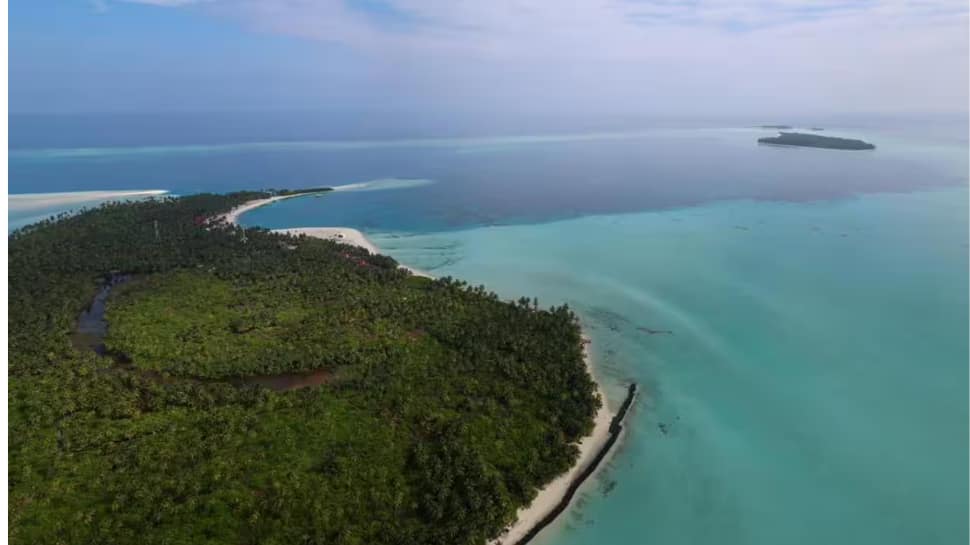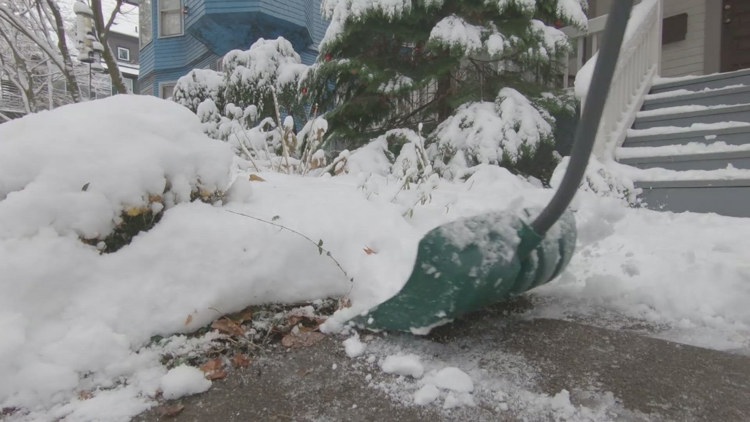
January 2, 2025 This article has been reviewed according to Science X's editorial process and policies . Editors have highlightedthe following attributes while ensuring the content's credibility: fact-checked peer-reviewed publication trusted source proofread by PeerJ As the climate crisis accelerates, the urgent transition to renewable energy sources is at the forefront of global sustainability efforts. However, a new study by Kylee Fleckenstein, published in PeerJ , reveals a critical challenge in balancing renewable energy development with biodiversity conservation in the arid Southwest United States.
The research, titled "Mapping species of greatest conservation need and solar energy potential in the arid Southwest for future sustainable development," explores the intersection of high-priority conservation habitats and areas suitable for large-scale Solar Energy Development (SED). With its abundant sunshine and open landscapes, the Southwest boasts some of the highest Global Horizontal Irradiance (GHI) values in the country, making it a prime location for solar energy expansion. However, the region is also home to unique and vulnerable species, including the LeConte's Thrasher (Toxostoma lecontei), Bendire's Thrasher (Toxostoma bendirei), Sonoran Desert Tortoise (Gopherus morafkai), Mojave Desert Tortoise (Gopherus agassizii), and the Southwestern population of the Burrowing Owl (Athene cunicularia).

Fleckenstein's study uses a novel combined approach, employing species distribution modeling (SDM) to map areas of likely species presence and high habitat suitability, alongside a site suitability analysis for potential solar development sites. The findings indicate a significant overlap between high-priority habitats and optimal locations for SED, underscoring the urgent need for strategies that balance renewable energy growth with conservation priorities. "Our study highlights a paradox: the same landscapes that make the Southwest ideal for solar energy development are also critical for the survival of species that are already facing threats from habitat loss , population growth, and climate change ," said Fleckenstein.
"This research offers a roadmap for identifying areas where development can proceed sustainably, minimizing impacts on biodiversity." The study provides actionable insights for policymakers, conservationists, and developers, emphasizing the importance of integrating biodiversity conservation into renewable energy planning. By identifying areas of overlap between conservation priorities and energy potential, stakeholders can make informed decisions to support both sustainable development and the protection of the region's unique ecological heritage.
As the U.S. prepares to scale up renewable energy initiatives, particularly solar energy projects, the study calls for a collaborative approach to ensure that renewable energy solutions do not come at the cost of irreplaceable biodiversity.
Key findings include: Significant overlap exists between optimal solar development locations and critical habitats for several vulnerable species . Species distribution modeling (SDM) and site suitability analysis offer effective tools for aligning energy development with conservation priorities. A coordinated, science-based approach is crucial for mitigating the impacts of solar energy projects on sensitive ecosystems.
This research serves as a call to action for a balanced approach to climate solutions, ensuring that the shift to renewable energy is not only sustainable but also responsible. More information: Kylee Fleckenstein et al, Mapping species of greatest conservation need and solar energy potential in the arid Southwest for future sustainable development, PeerJ (2025). DOI: 10.
7717/peerj.18568 Journal information: PeerJ Provided by PeerJ.















